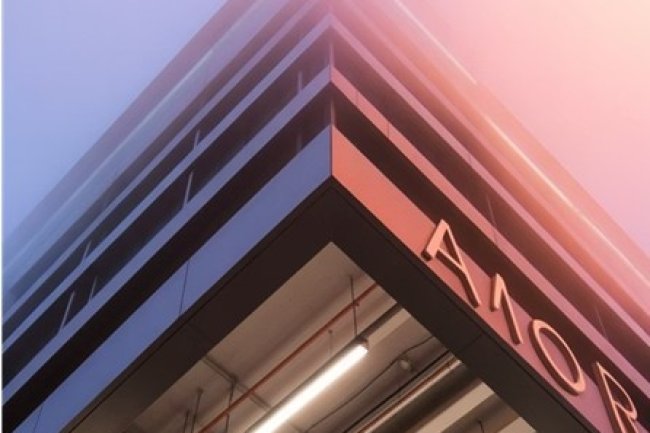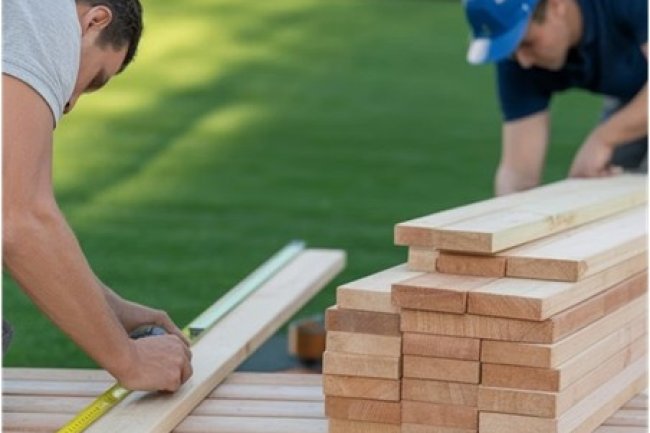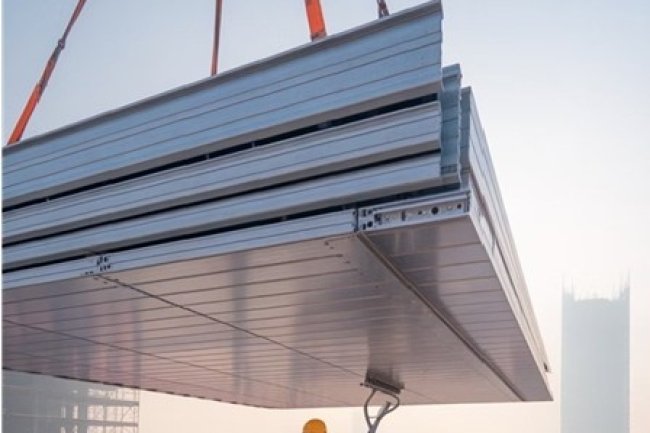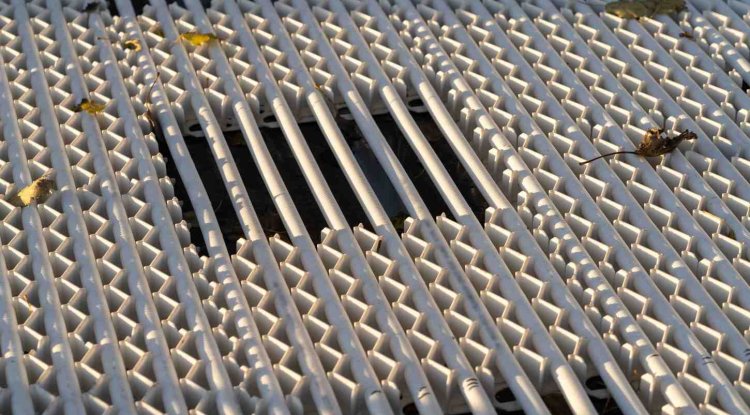Deck Design for Temporary Structures and Event Platforms
Welcome to our comprehensive guide on composite steel deck systems for temporary structures and event platforms. In this presentation, we'll explore the essential considerations for designing safe, efficient, and acoustically optimized deck systems that meet the unique demands of temporary installations.

Agenda: Key Topics in Temporary Deck Design
| 1. Fundamentals of Temporary Deck Systems Core principles and unique requirements of temporary structures vs. permanent installations |
2. Acoustic Performance Considerations Specialized acoustic design solutions for event platforms and temporary stages |
| 3. Load Requirements & Structural Analysis Critical load calculations and structural integrity assessments for safe temporary installations |
4. Installation & Disassembly Best Practices Efficient techniques for rapid deployment and removal with minimal site impact |
Fundamentals of Temporary Deck Systems
Temporary deck systems differ significantly from permanent installations in several key aspects:
|
|
Temporary deck systems require specially designed connection details that maintain structural integrity while allowing for repeated assembly and disassembly.
Material Selection for Temporary Deck Systems
Composite Steel Deck
|
Aluminum Systems
|
Engineered Wood Products
|
Note: Material selection should be based on the specific performance requirements, venue conditions, and frequency of assembly/disassembly cycles anticipated for the temporary structure.
Acoustic Performance Considerations
Acoustic Challenges in Temporary Deck Systems
|
Acoustic Enhancement Solutions
|
Deck Profile Selection for Performance Optimization
Shallow Profiles (1"–2")
|
Medium Profiles (2"–3")
|
Deep Profiles (3"+)
|
Consac: Concert Stage Platform Design
✅ Design Requirements
|
✅ Engineering Solution
|
✅ Implementation
|
✅ Performance Results
|
Key Takeaways & Next Steps
|
1. Balance Performance Requirements
|
2. Document Everything
|
3. Consult With Specialists
|
How We Can Help
At Consac, our engineering team provides end-to-end expertise in composite steel deck systems for temporary structures and event platforms.
We offer:
-
Custom acoustic performance analysis
-
Structural engineering services
-
Material selection guidance
-
Installation training & support
-
Component testing & certification
What's Your Reaction?

















